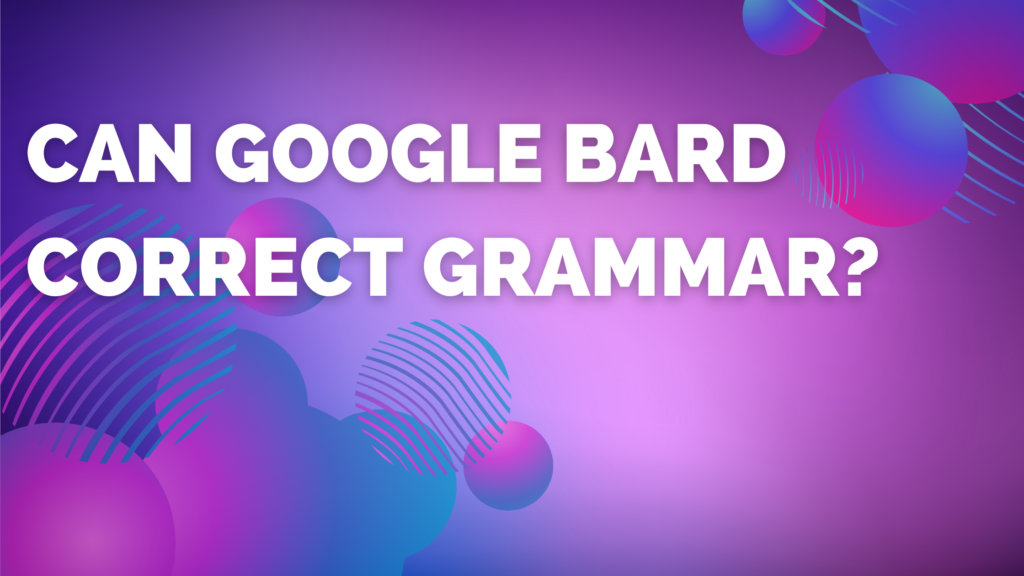
What is Google Bard?
Google BARD (short for “Binary Augmented Retro-Framing”) uses a neural network to generate responses. It was designed to have more interesting conversations with users using different strategies such as humour and empathy.
BARD is designed to sound more human and conversational than previous chatbots. It can also cover broader topics. BARD generates answers using various methods, including deep learning, machine learning, and natural language processing. It was trained on extensive conversational data to provide human responses. BARD has not yet been made available to the general public and is still in beta testing.
How can Google Bard be used in writing?
Writing can be an extreme sport. More often than not, it requires commitment and discipline and can leave you exhausted, mentally stressed, and other writing-related problems. Bard allows you to create text, translate language, write various creative content and also give answers to your questions in an informative way. Technically, it answers the silent prayer of content creators, especially those who write on constant demand.
Does it help in Grammar check?
With Google Bard, you can learn to write in different writing styles. This is how you learn to attract different audiences, write different content, write at length, break the difficult levels of writing, and as a writer, you can write in different tones. After you’re done writing, you can use Google Bard to edit and proofread your work. It will help you spot errors, check grammar, check spelling, punctuation and plagiarism, and offer suggested ways to improve your writing.
Google Bard for Grammar Checks & Language
Google Bard is an invaluable language-learning tool. Its extensive collection of resources and easy-to-use interface provides students with a wealth of information to help them master languages.
Here are some tips to help you get the most out of Bard for language learning.
- Use the dictionary. Bard has an extensive dictionary with translations in several languages. It is an invaluable resource for language learners. Use the dictionary to look up unknown words, find example sentences and learn new vocabulary.
- Go beyond translations. Google Bard is more than just a dictionary. It also provides information on grammar, conjugation and pronunciation. Use these resources to understand better how language works.
- Use the phrasebook. It has a dictionary of useful phrases and idioms in several languages. This is a great way to learn common expressions and understand how to use them in everyday speech.
- Listen to audiobooks. Bard also offers audio recordings of words, phrases and sentences. Listen to these recordings to improve your pronunciation and learn the language.
- Practice speaking. Use Bard to practice speaking the language. Use a phrase book to make sentences and then record yourself saying them. Comparing recordings with Google Bard audio recordings can help identify areas for improvement. By using the resources provided by Bard, language learners can get the most out of their language learning. Its extensive library and easy-to-use interface provides learners with a wealth of information to help them master languages.
Conclusion
Google Bard is a great resource for language learners who want to maximize their language learning. With its intuitive and interactive interface, extensive language-specific resources and integrated Google tools, Bard makes the most of your language learning and ensures that it is grammar-error-free.


